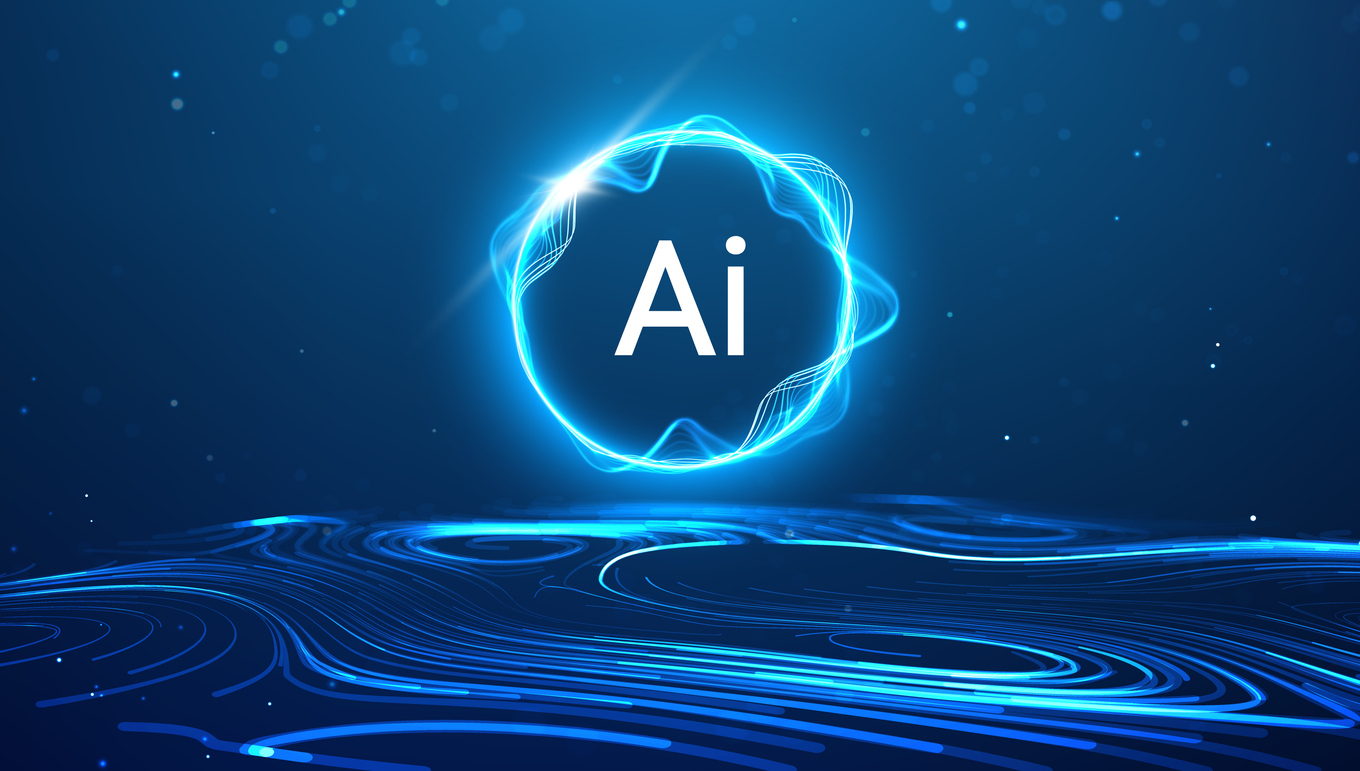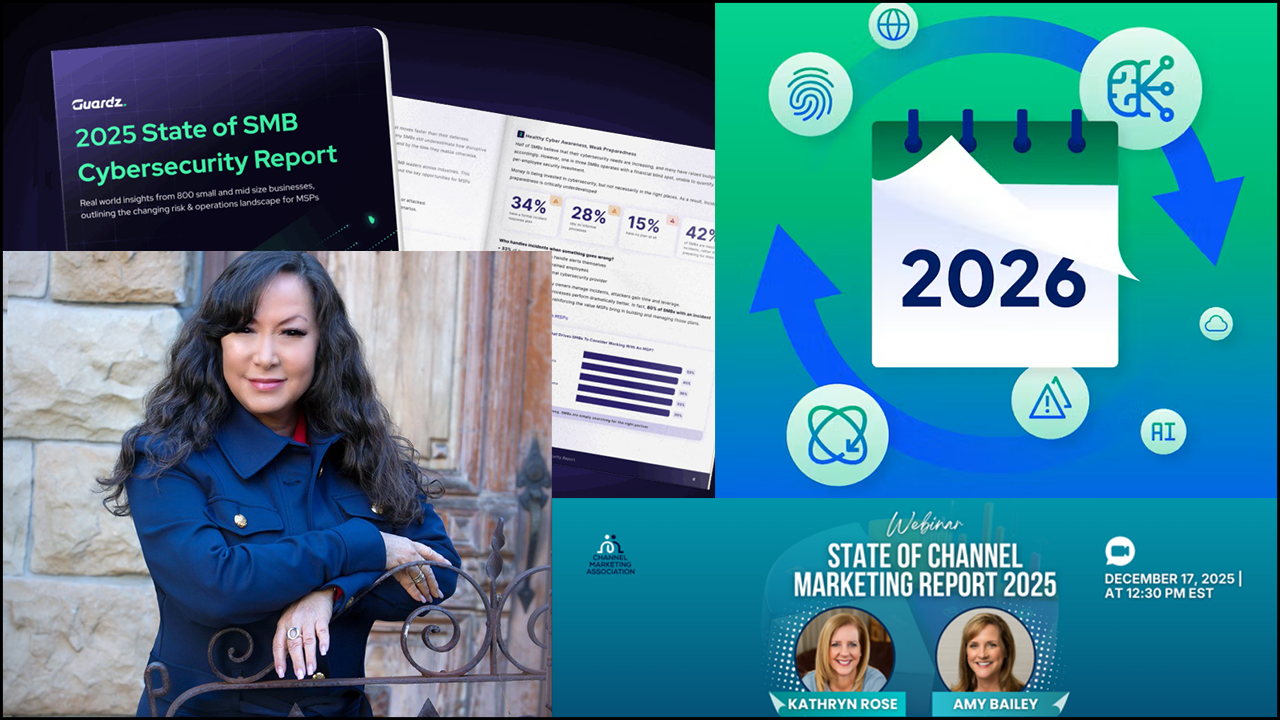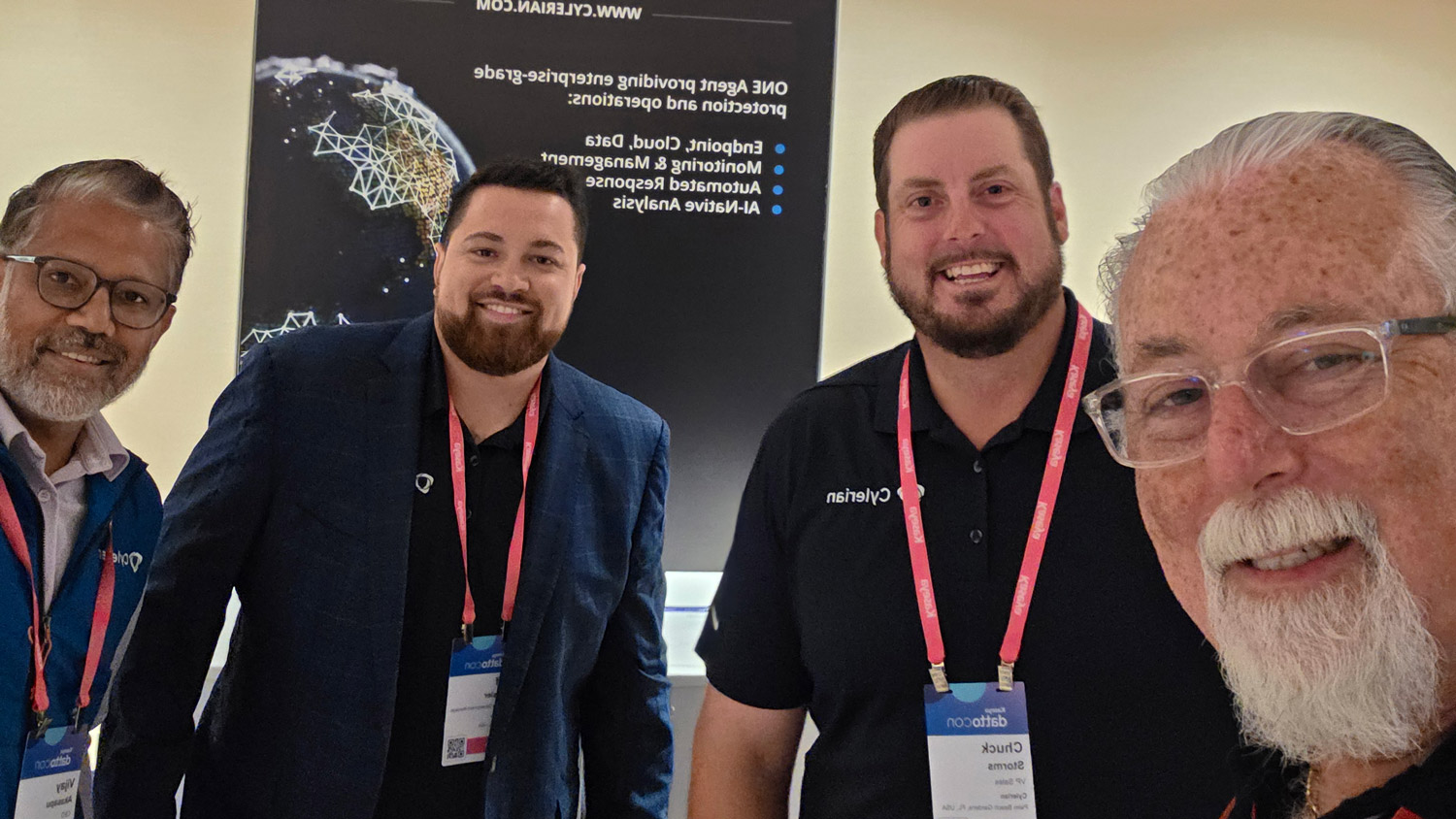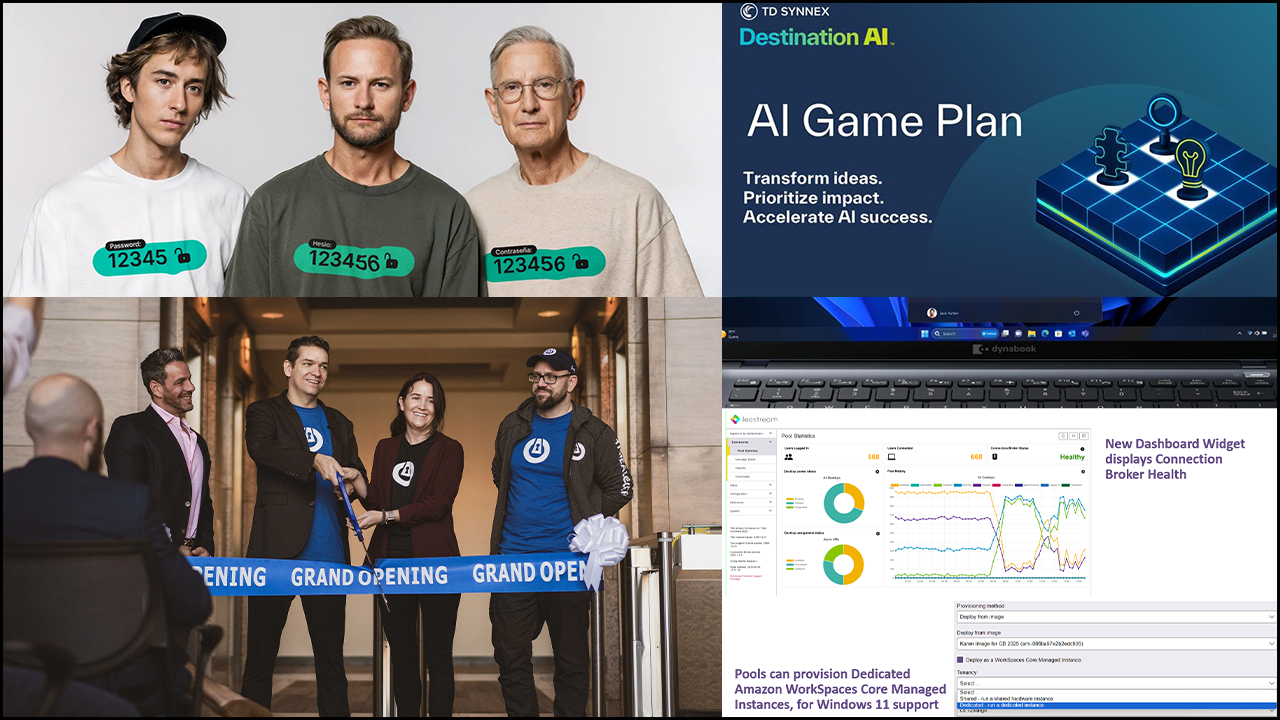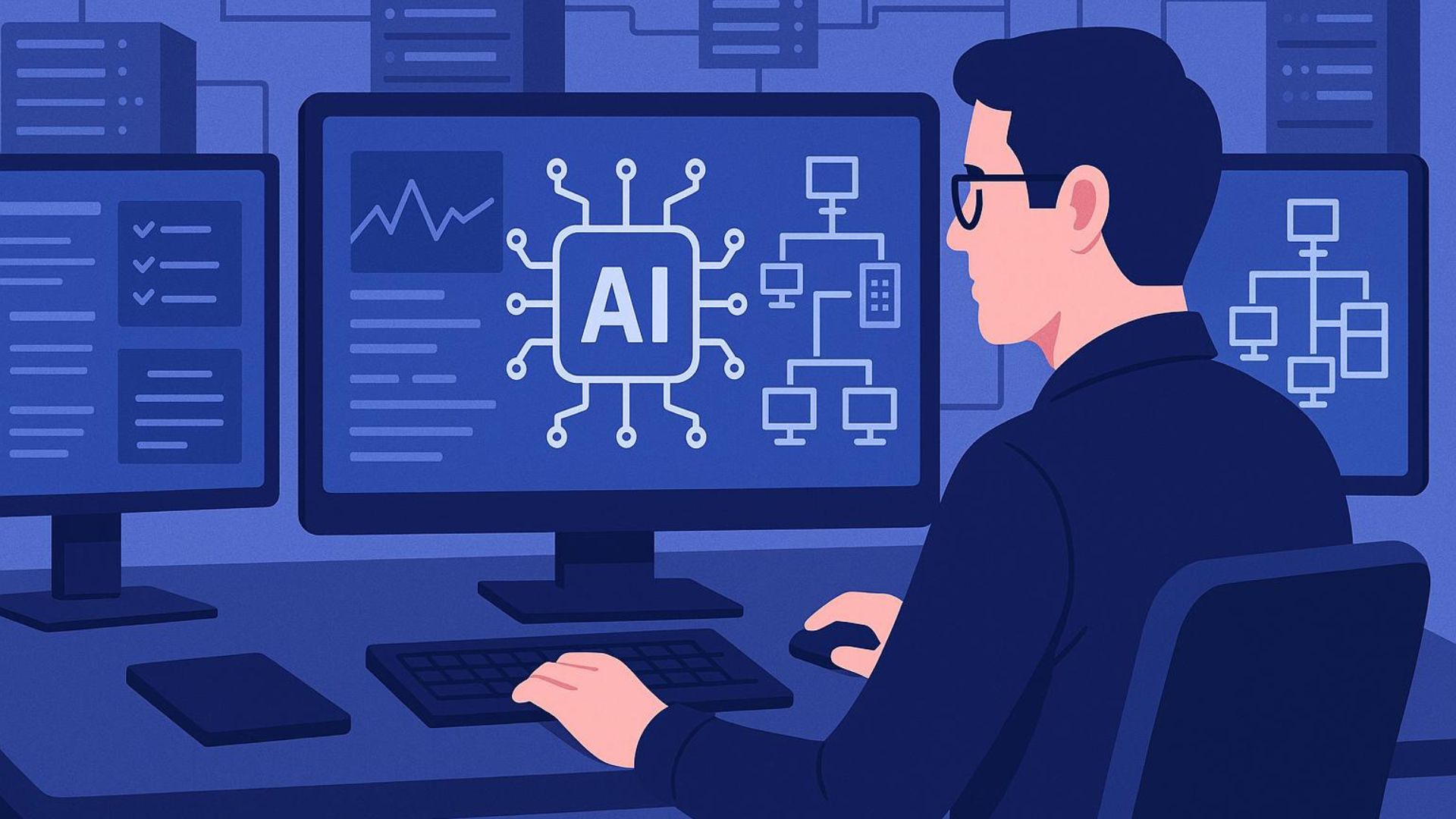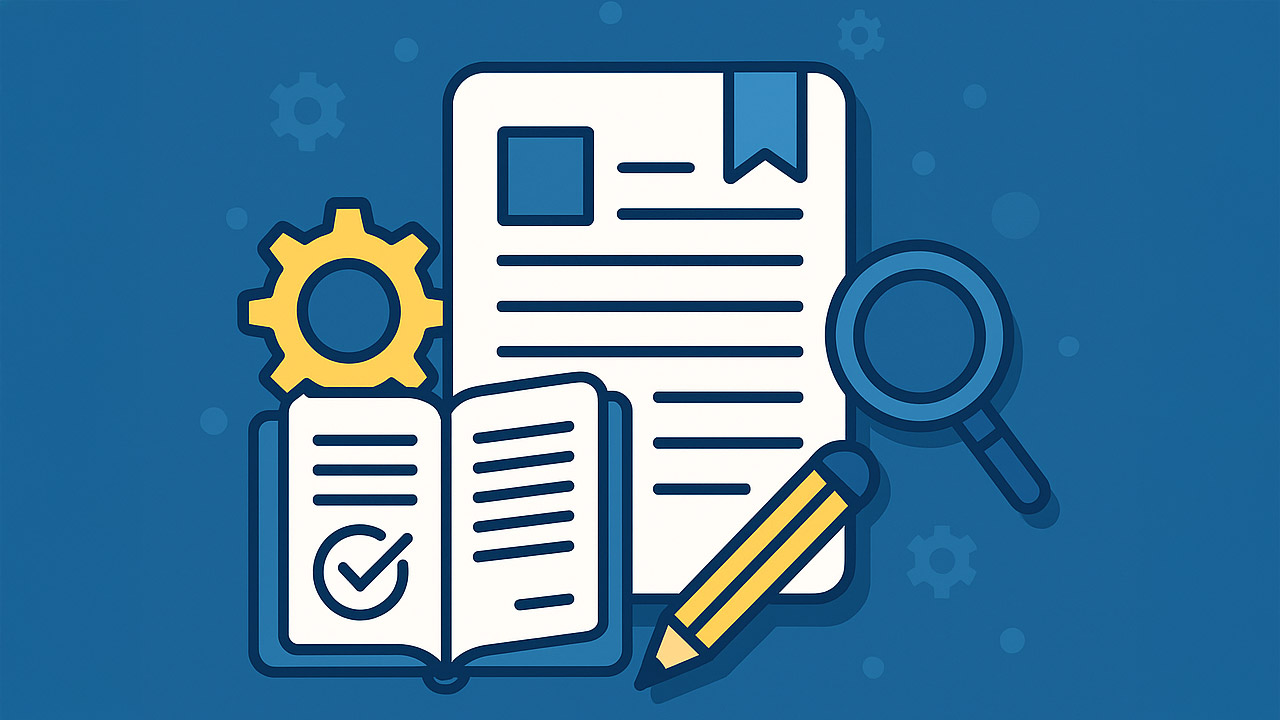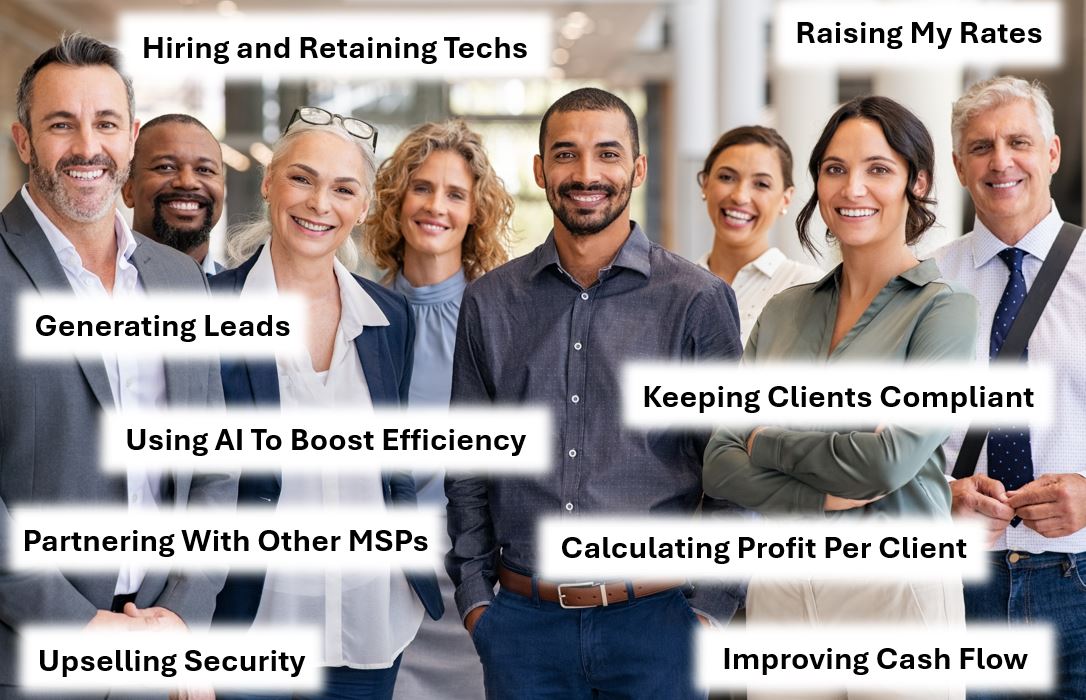AI isn’t waiting for anyone. It’s rolling out across sales teams, support queues, logistics chains, and boardrooms. According to IDC, global AI spending is projected to hit $632 billion by 2028, with AI adoption expanding far beyond traditional enterprise environments. Businesses are betting big on the promise of automation, insight, and competitive advantage.
But ambition and execution are vastly different things. For midsized organizations without dedicated AI teams or R&D budgets, it’s challenging to turn that promise into something practical. These companies need to know what’s worth the investment and, most importantly, how to get started now.
Channel partners can step into a more significant role here. Beyond platform delivery, MSPs can help customers apply the AI technology to real-world challenges and embed it in everyday workflows, thereby achieving tangible results.
Addressing the Mid-market Execution Gap
Mid-market businesses are often ready to benefit from AI since they are leaner, more open to change, and more exposed to inefficiencies. However, they lack the resources and expertise to successfully execute AI projects.
They can’t afford to build in-house AI teams, nor do they have the luxury of six-month implementation cycles. They need flexible, proven solutions that integrate with minimal friction and begin delivering measurable impact quickly.
Channel partners can deliver real value to these mid-market businesses. MSPs can clarify the use case, align capability with customer priorities, and guide execution from pilot to production.
For example:
- A partner supporting a professional services firm might deploy AI-powered summarization tools to improve meeting documentation and billing accuracy.
- In manufacturing, predictive maintenance powered by AI can help reduce equipment downtime.
In both cases, the value lies not in building custom models, but in configuring and supporting proven tools within the customer’s existing ecosystem.
Many of these tools are already embedded in these clients’ existing software environments. Rather than reimagine every customer’s environment from scratch, you can get more from what they already have.

Carlos Rodrigues
Connecting the Right Vendors to Customers
While customer adoption gathers pace, the AI vendor landscape is expanding rapidly. Some of the most innovative solutions in today’s market are coming from newer, more agile players. These vendors have highly targeted offerings built to solve specific operational or sector challenges.
Some focus on document intelligence. Others specialize in automated code generation, language translation, or AI-powered threat detection. Many of these vendors bring significant innovation to the table, often at a more accessible price point than legacy providers.
But they face a common challenge: go-to-market friction. Strong technology doesn’t always come with a clear route to customers. Many vendors lack the channel maturity, partner ecosystem, or sales enablement support needed to scale.
Partners are ideally positioned to accelerate traction for these emerging vendors, identifying real-world customer needs and matching them with targeted, high-impact solutions. When a partner can connect a vendor with a customer problem and support both through delivery, the result is faster, smarter AI adoption that helps everyone.
AI in the Security Stack
Cybersecurity is one of the clearest cases of AI in action. According to IBM, 67% of organizations now incorporate AI into their security strategies, with 31% relying on it extensively.
Businesses today are actively using AI to reduce alert fatigue, accelerate incident response, and improve detection accuracy. Security partners are increasingly delivering AI-enhanced tools, ranging from behavioral analytics to automated playbooks to model-driven threat intelligence.
MSPs have a chance to deepen that value. Partners can help customers fine-tune alert thresholds, optimize integrations, and align AI tools with broader detection and response strategies.
Delivering AI as a Service Model
To succeed with AI, MSPs must build services around the technology. Create clear, accessible entry points for customers, like discovery workshops, integration assessments, fixed-scope deployments, and structured support.
For example, a partner might run a scoped engagement to implement AI summarization within a legal team’s document workflow. Or they might package an integration between a CRM and a content-generation model to help sales teams improve proposal turnaround times. These are targeted, manageable use cases that deliver operational value.
This approach mirrors how the channel already operates: embedded, relationship-driven, and focused on outcomes. AI adoption doesn’t need to mean transformation overnight. It can start with a simple, measurable win.
When the Channel Leads, AI Delivers
It’s time to stop thinking of AI as an emerging technology. It’s already here, influencing spend, strategy, and competition. While much of the narrative still centers on capability, the real differentiator now is execution.
Channel partners can lead the next chapter of AI. They must connect emerging vendors to real-world customer problems, and guide clients through the delivery of usable, business-critical solutions. These leaders will demystify complex tools, tie outcomes to business priorities, and support change confidently and clearly.
Ultimately, they’ll do what the channel has always done best: Get great technology out of the demo and into the business.
Carlos Rodrigues is president of North America for Climb Channel Solutions.
Featured image: iStock



